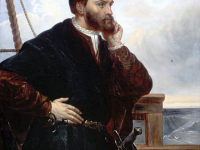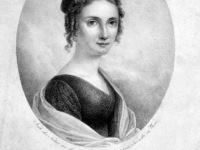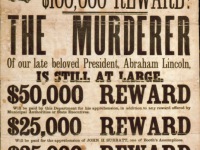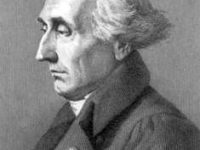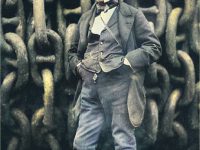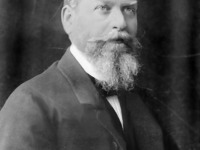Jacques Cartier and the Discovery of Canada
On April 20, 1534, French explorer of Breton origin Jacques Cartier set sail under a commission from the king, hoping to discover a western passage to the wealthy markets of Asia to discover Canada and Labrador. Actually, Jacques Cartier was the first European to describe and map the Gulf of Saint Lawrence and the shores of the Saint Lawrence River, which he named “The Country of Canadas”, after the Iroquois names for…
Read more

